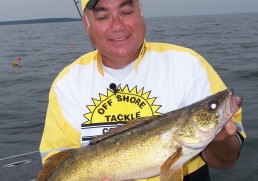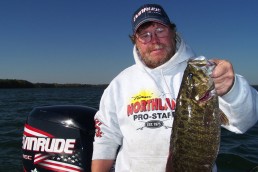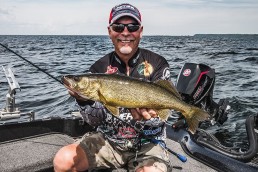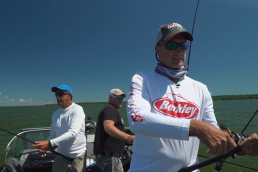Catch More Fish by Trolling This Summer
SHARE THIS POST

Across the Midwest, most fish have set up in their summer homes. They’ve completed the spawning ritual and now those fish are hungry. If you put a bait near a fish, it will probably bite that bait. The key is to show your bait to as many fish as possible, and trolling is a good way to do that.
Trolling enables anglers to cover lots of water quickly and efficiently. Trolling is most often thought of as a walleye technique, and it certainly is an outstanding way to find and catch walleyes. But in many situations, all of the freshwater fish that I’m familiar with can be caught by trolling. Following are some ideas for trolling up a few—or a bunch—of fish.
Lakes, rivers and reservoirs are prime trolling locations. From now through the rest of the open-water fishing season, predator fish will be where their food is. Walleyes will suspend if the baitfish they’re after are suspended; largemouth and smallmouth bass, northern pike, muskies and crappies will do the same. If you find their food, you’ll find the predator fish that live in that body of water.
A variety of bait types can be effective when trolling, but many anglers reach first for a crankbait. Pretty much any predator fish will hit a crankbait that’s properly presented. You can troll faster with crankbaits, so you can cover more water faster. Much of the time in summer, the boat will be moving in the 2 mph range—sometimes a little faster, sometimes a little slower.
Depending on how far below the surface I want my crankbait to be running, I’ll probably start with either a Lucky Shad, a KVD 300 Deep or a Banana Shad. These are long, thin crankbaits that appeal to most fish. The Lucky Shad runs about 8 feet below the surface, the KVD about 11 feet, and the Banana Shad goes down almost 20 feet. You want the bait running a little bit above where you think the fish are, because fish are usually more willing to go up for a bait than down. Generally, fish see above them better than they see below.
Are you enjoying this post?
You can be among the first to get the latest info on where to go, what to use and how to use it!
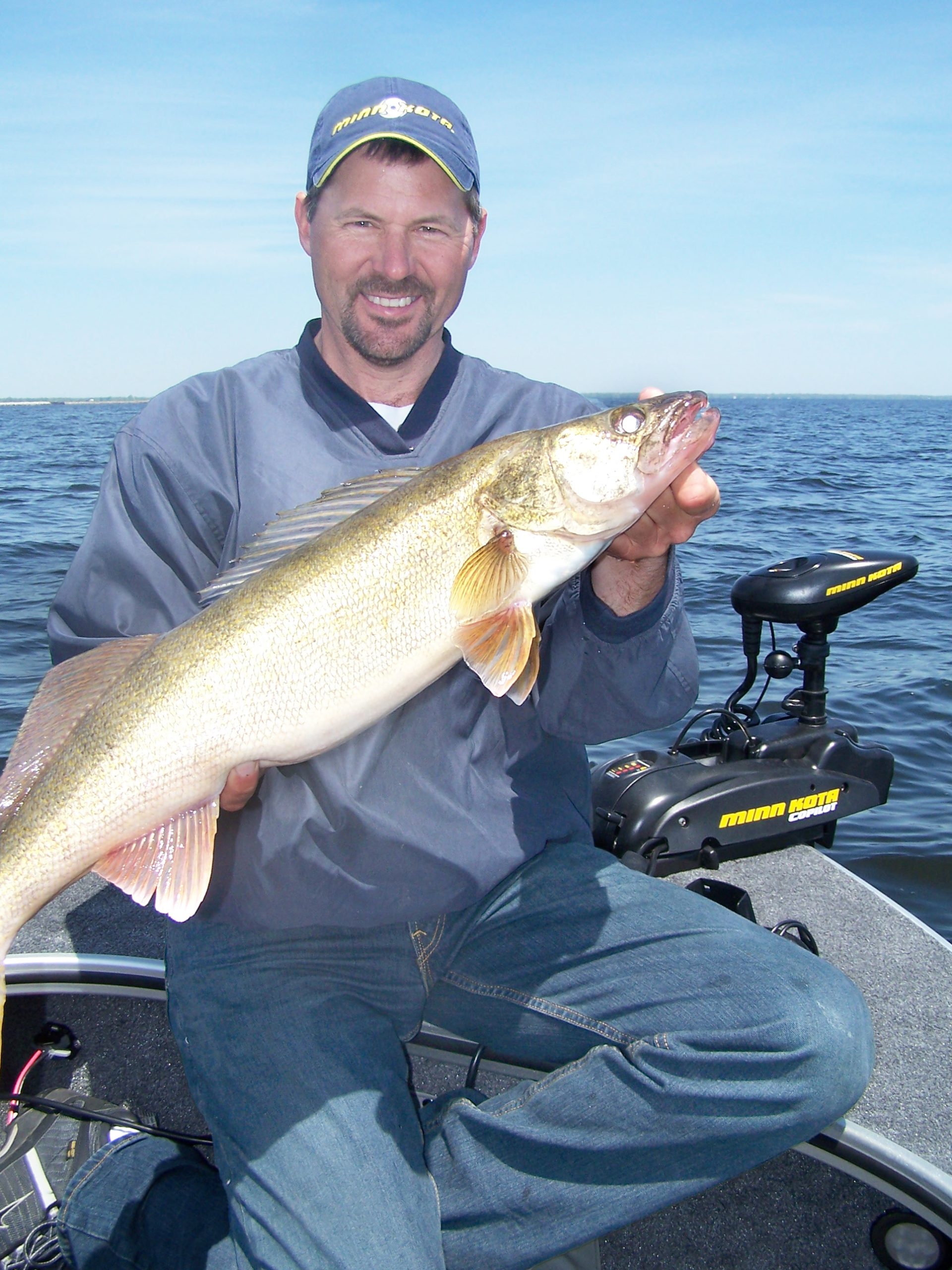
Getting multiple lines in the water is very beneficial when trolling. You can show the fish lots of different baits, which helps determine which bait they want on that day. Planer boards enable anglers to fish more lines, more efficiently. Planer boards take your bait out away from the boat so a wider trolling pass is possible. In two-line states, and if there are two of you fishing, you can put a line on a board out to each side of the boat and run another two lines behind the boat. You’ll cover a wider area and you’ll get bit more often. In a three-line state, you can get even more lures in the water. The lines directly behind the boat should have the deeper-running lures on them to help prevent spooking fish directly below the boat’s path.
It used to be that most trolling was done with an outboard motor providing the power, and today’s outboards do an outstanding job of trolling efficiently and quietly. However, electric bowmount motors are becoming increasingly popular as they become more and more powerful. Many Minn Kota electric motors can be operated with a small handheld control (aka fob). You can control speed and direction from the back of the boat, so you’re near the rods, but you have complete control of the boat. You can even chart a course and the motor will steer itself.
If you want to catch more fish—one of the main reasons that we go fishing—try trolling crankbaits the next time you’re on the water. Trolling will increase your chances for catching more and bigger fish, you’ll probably catch a variety of species of fish, and those things put together usually make for a good time.
MWO
SHARE THIS POST
Did you enjoy this post?
You can be among the first to get the latest info on where to go, what to use and how to use it!
Bob Jensen
To see the latest episodes of “Fishing the Midwest” television, new fishing-related tips and articles from the past, visit fishingthemidwest.com. Follow them on Facebook @fishingthemidwest for fishing information and entertainment.
